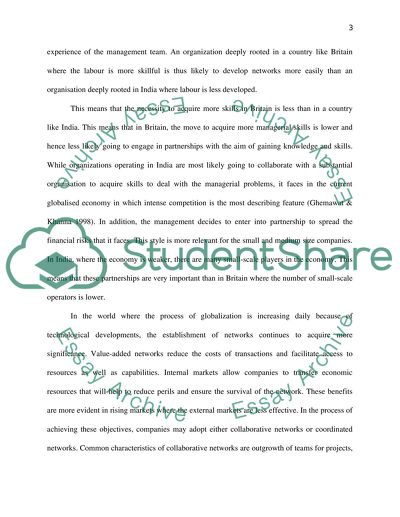Cite this document
(Styles of Building Business to Business Relationships Essay - 8, n.d.)
Styles of Building Business to Business Relationships Essay - 8. Retrieved from https://studentshare.org/marketing/1667159-international-marketing
Styles of Building Business to Business Relationships Essay - 8. Retrieved from https://studentshare.org/marketing/1667159-international-marketing
(Styles of Building Business to Business Relationships Essay - 8)
Styles of Building Business to Business Relationships Essay - 8. https://studentshare.org/marketing/1667159-international-marketing.
Styles of Building Business to Business Relationships Essay - 8. https://studentshare.org/marketing/1667159-international-marketing.
“Styles of Building Business to Business Relationships Essay - 8”, n.d. https://studentshare.org/marketing/1667159-international-marketing.


